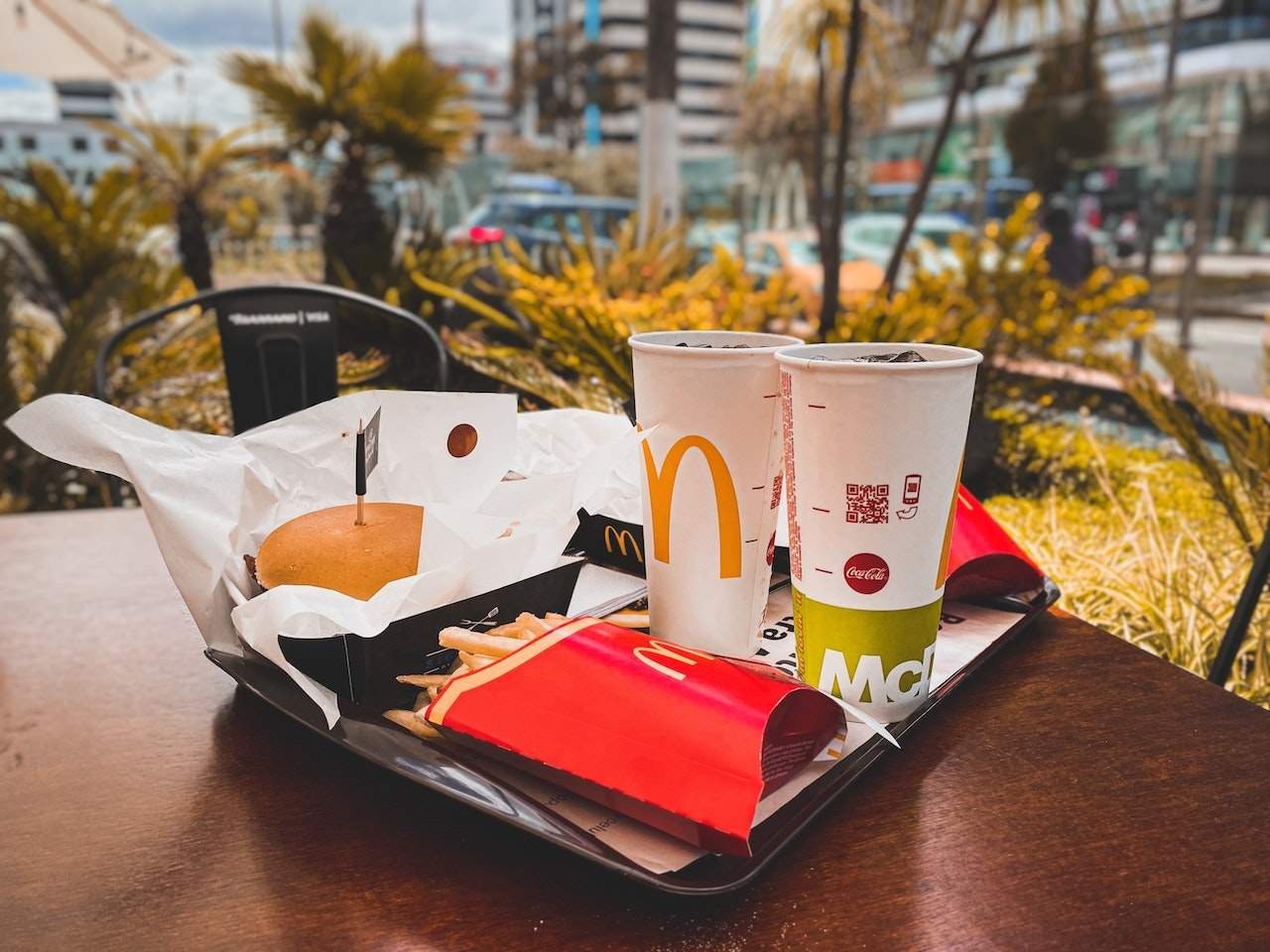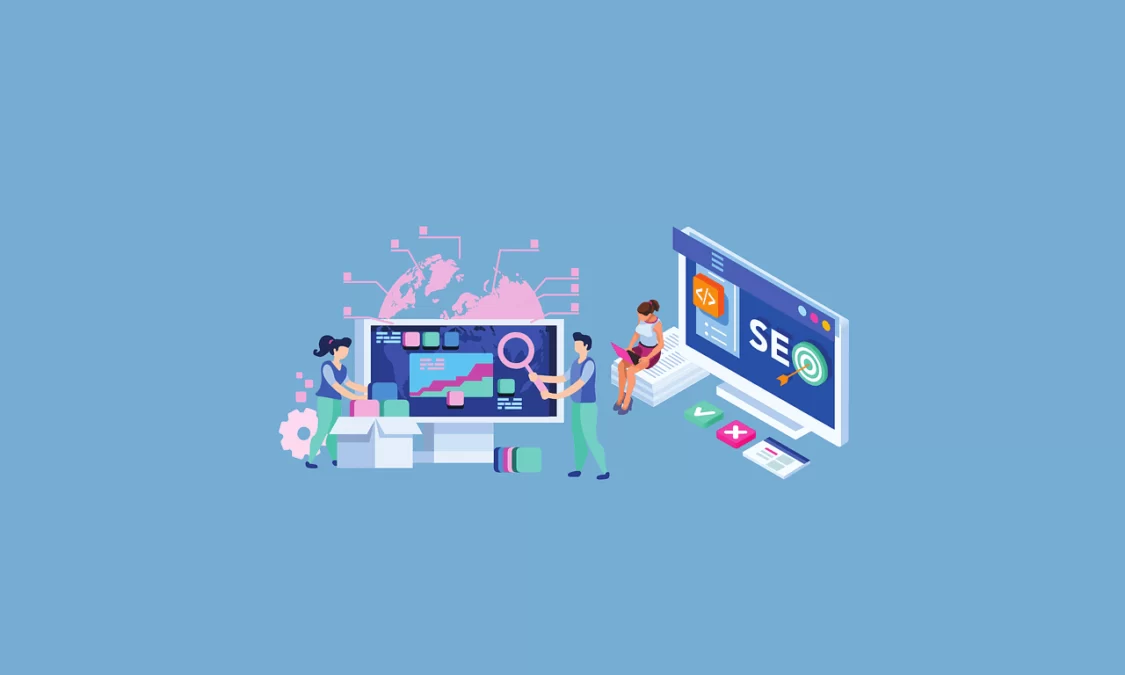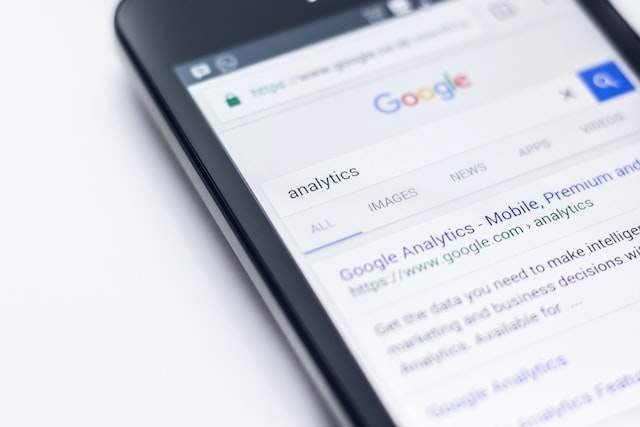Boost your business growth with our comprehensive guide featuring 50 best innovative business promotion ideas. Discover digital strategies, traditional marketing, and creative tactics to enhance visibility, attract new customers, and build lasting relationships.
50 Best Business Promotion Ideas to Ignite Growth and Reach Your Target Audience
In today’s competitive marketplace, standing still is akin to moving backward. Businesses, regardless of size or industry, need a robust arsenal of business promotion ideas to not only survive but thrive. Attracting new customers, retaining existing ones, and building a strong brand presence requires strategic and innovative approaches. This article delves into 50 of the best business promotion ideas that can be implemented to boost visibility, drive sales, and establish a lasting connection with your target audience.
From time-tested traditional methods to cutting-edge digital strategies. This comprehensive guide provides actionable insights and inspiration to fuel your marketing efforts. Whether you are a startup looking to make a splash or an established company seeking to reinvigorate your promotional activities. These ideas offer a diverse range of options to suit various budgets and business goals. Let’s explore how you can effectively amplify your brand message and achieve sustainable growth through smart promotion.
Unlocking Growth: 50 Business Promotion Ideas
This list is categorized to provide a clearer understanding and enable you to quickly identify ideas relevant to your specific needs and resources.
In the digital age, a strong online presence is non-negotiable. These ideas focus on leveraging the power of the internet to reach a wider audience and build meaningful connections.
I. Digital Marketing & Online Presence
The power of the internet to reach.
- Search Engine Optimization (SEO): Optimize your website and online content to rank higher in search engine results pages (SERPs). This organic approach drives consistent, qualified traffic to your website.
- Pay-Per-Click (PPC) Advertising: Utilize platforms like Google Ads to create targeted advertisements that appear when users search for relevant keywords. PPC offers immediate visibility and measurable results.
- Content Marketing (Blog & Articles): Create valuable and informative blog posts, articles, and guides related to your industry and customer pain points. This establishes thought leadership and attracts organic traffic.
- Email Marketing Campaigns: Build an email list and nurture leads with targeted email campaigns. Promote new products, special offers, and valuable content directly to interested subscribers.
- Social Media Marketing (Organic): Establish a strong presence on relevant social media platforms. Share engaging content, interact with followers, and build a community around your brand organically.
- Social Media Advertising: Leverage social media platforms’ advertising capabilities to reach specific demographics, interests, and behaviors with targeted ads.
- Influencer Marketing: Partner with social media influencers or industry experts to promote your products or services to their established audience.
- Video Marketing: Create compelling videos – product demos, tutorials, behind-the-scenes glimpses, testimonials – and share them across platforms like YouTube and social media.
- Webinar and Online Workshops: Host webinars or online workshops to educate your audience, showcase your expertise, and generate leads.
- Podcast Sponsorship or Hosting: Sponsor relevant podcasts or start your own to reach a targeted audience and build brand awareness through audio content.
- Online Contests and Giveaways: Run online contests or giveaways on social media or your website to increase engagement, generate leads, and boost brand visibility.
- Online Directories and Listings: Ensure your business is listed in relevant online directories (e.g., Yelp, Google My Business, industry-specific directories) to enhance local SEO and online visibility.
II. Traditional Marketing & Offline Engagement
While digital marketing is crucial, traditional methods still hold significant value. Especially for reaching local audiences and creating tangible brand experiences.
- Print Advertising (Newspapers, Magazines): Consider targeted print advertisements in local newspapers, industry magazines, or community publications to reach specific demographics.
- Flyers and Brochures: Distribute flyers and brochures in strategic locations, at local events, or through direct mail to promote your products or services locally.
- Direct Mail Marketing: Send personalized postcards, letters, or promotional packages directly to potential customers based on targeted demographics or geographic areas.
- Local Events and Festivals: Participate in local events, festivals, and fairs as a vendor or sponsor to connect with the community and promote your business face-to-face.
- Networking Events and Industry Conferences: Attend relevant industry events and networking gatherings to build connections, generate leads, and increase brand visibility within your sector.
- Sponsorships (Local Teams, Charities): Sponsor local sports teams, community events, or charities to enhance brand image, build goodwill, and gain local exposure.
- Public Relations (PR): Issue press releases, pitch stories to journalists, and build relationships with media outlets to secure positive media coverage and enhance brand credibility.
- Radio Advertising: Consider radio advertising on local stations to reach a specific geographic audience. Especially during drive times or targeted program segments.
- Television Advertising (Local Channels): Explore advertising opportunities on local television channels. Particularly if your target audience aligns with specific program demographics.
- Billboards and Outdoor Advertising: Utilize billboards and outdoor advertising in high-traffic areas to create widespread brand awareness and reach a broad audience.
- Business Cards and Promotional Merchandise: Ensure your team has professional business cards and consider distributing branded merchandise (pens, mugs, t-shirts) at events or as giveaways.
III. Customer-Centric Promotion & Loyalty Building
Focusing on your existing customer base and fostering loyalty is often more cost-effective than constantly acquiring new customers. These ideas emphasize building strong customer relationships.
- Loyalty Programs and Rewards: Implement a loyalty program that rewards repeat customers with exclusive discounts, points, or special offers to encourage continued business.
- Referral Programs: Incentivize existing customers to refer new customers to your business by offering rewards for successful referrals.
- Customer Surveys and Feedback: Actively solicit customer feedback through surveys, feedback forms, and online reviews to understand customer needs and improve your offerings.
- Personalized Offers and Promotions: Segment your customer base and offer personalized promotions and discounts tailored to individual preferences and purchase history.
- Birthday and Anniversary Promotions: Send personalized birthday or anniversary greetings along with special offers to show appreciation and build customer loyalty.
- Excellent Customer Service: Prioritize exceptional customer service in all interactions. Word-of-mouth marketing driven by satisfied customers is powerful.
- Customer Appreciation Events: Host exclusive events for loyal customers to show appreciation and foster a sense of community.
- Early Bird Offers and Exclusive Previews: Offer early bird discounts or exclusive previews of new products or services to loyal customers to make them feel valued.
- “Customer of the Month” or Recognition Programs: Publicly recognize and celebrate loyal customers through “customer of the month” programs or social media shout-outs.
IV. Content & Value-Driven Promotion
These strategies focus on providing value to your audience, establishing expertise, and building trust. Which ultimately translates into customer acquisition and retention.
- Free Resources and Downloads (Ebooks, Templates): Offer valuable free resources like ebooks, templates, checklists, or guides related to your industry in exchange for contact information.
- Infographics and Visual Content: Create visually appealing infographics to present complex information in an easily digestible and shareable format.
- Case Studies and Testimonials: Showcase success stories and positive testimonials from satisfied customers to build trust and credibility.
- “How-To” Guides and Tutorials: Develop “how-to” guides and tutorials that teach your audience valuable skills or provide solutions to common problems related to your industry.
- Industry Reports and White Papers: Publish industry reports and white papers that demonstrate your expertise and provide valuable insights to your target audience.
- Guest Blogging and Content Syndication: Contribute guest posts to relevant industry blogs and websites and syndicate your content to reach a wider audience.
- Create a Resource Library or Hub: Organize all your valuable content (blogs, ebooks, videos, etc.) into a resource library or hub on your website for easy access.
- Run Q&A Sessions or AMAs (Ask Me Anything): Host live Q&A sessions or AMAs on social media or your website to engage with your audience and answer their questions.
- Content Upgrades (Bonus Content): Offer content upgrades (e.g., checklists, templates) within your blog posts to incentivize email sign-ups and provide additional value.
V. Strategic Partnerships & Collaborative Promotion
Leveraging partnerships can amplify your reach and provide access to new audiences through collaborative promotional efforts.
- Cross-Promotions with Complementary Businesses: Partner with businesses that offer complementary products or services and cross-promote each other to tap into each other’s customer bases.
- Joint Ventures and Collaborations: Engage in joint ventures or collaborative projects. With other businesses to create unique offerings and share marketing efforts.
- Affiliate Marketing Programs: Set up an affiliate marketing program where partners promote your products or services and earn a commission for each sale or lead generated.
- Co-branded Products or Services: Collaborate with another brand to create co-branded products or services that leverage the strengths and audience of both partners.
- Strategic Alliances: Form strategic alliances with businesses in related industries to share resources, and marketing efforts, and expand market reach.
- Sponsor or Partner with Non-profits: Partner with non-profit organizations for mutually beneficial promotions. That aligns with your brand values and reaches a socially conscious audience.
VI. Unique & Creative Promotion Ideas
Think outside the box with these unique and creative ideas to capture attention and create memorable brand experiences.
- Pop-Up Shops or Events: Organize temporary pop-up shops or events in strategic locations to create buzz and offer unique in-person experiences.
- Guerrilla Marketing Tactics: Employ unconventional and attention-grabbing guerrilla marketing tactics to create buzz and viral marketing opportunities.
- Flash Sales and Limited-Time Offers: Create a sense of urgency and excitement with flash sales and limited-time offers to drive immediate sales and customer action.
Summarizing Key Promotion Categories
To better understand the landscape of business promotion, here’s a table summarizing the key categories discussed:
| Promotion Category | Focus | Examples | Best For |
|---|---|---|---|
| Digital Marketing | Online reach, targeted audiences, measurability | SEO, PPC, Social Media Ads, Email Marketing, Content Marketing | Businesses of all sizes looking for scalable and measurable marketing results. |
| Traditional Marketing | Local visibility, tangible experiences | Print Ads, Flyers, Local Events, Radio/TV Ads, Billboards | Businesses targeting local markets or seeking to create physical brand experiences. |
| Customer-Centric | Loyalty, retention, customer relationships | Loyalty Programs, Referral Programs, Personalized Offers, Excellent Customer Service | Businesses focused on building long-term customer relationships and repeat business. |
| Content & Value-Driven | Expertise, trust, lead generation | Blog Posts, Ebooks, Webinars, Case Studies, Infographics, “How-To” Guides | Businesses aiming to establish thought leadership, attract organic traffic, and nurture leads. |
| Strategic Partnerships | Expanded reach, collaborative efforts | Attention-grabbing, memorable experiences | Businesses seeking to leverage partnerships for mutual growth and market expansion. |
| Unique & Creative | Attention grabbing, memorable experiences | Pop-Up Shops, Guerrilla Marketing, Flash Sales, Contests | Businesses looking for innovative and unconventional ways to stand out and create buzz. |
Conclusion
Effective business promotion ideas are the lifeblood of any thriving enterprise. By implementing a combination of these strategies, tailored to your specific business goals and target audience. You can significantly enhance your brand visibility, attract new customers, and foster lasting relationships. Remember to consistently analyze your results, adapt your approaches, and stay creative to achieve sustained growth and success in today’s dynamic marketplace. The best business promotion ideas are those that are strategically implemented, consistently monitored, and continuously refined to meet the evolving needs of your business and your customers.











